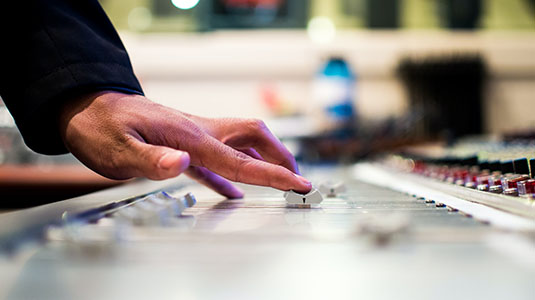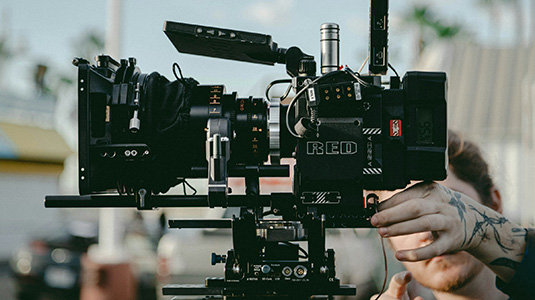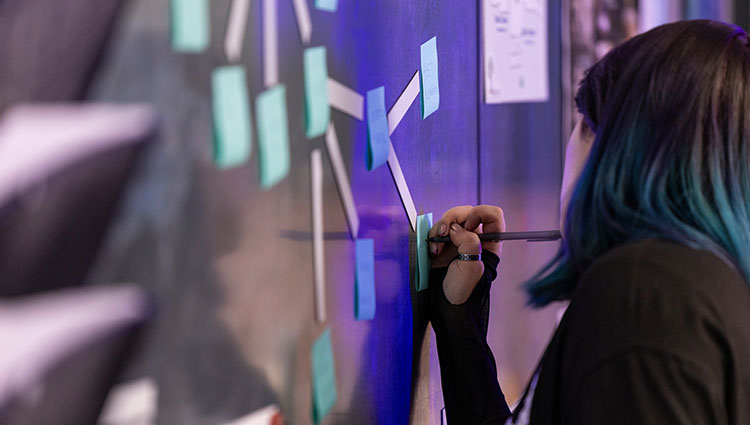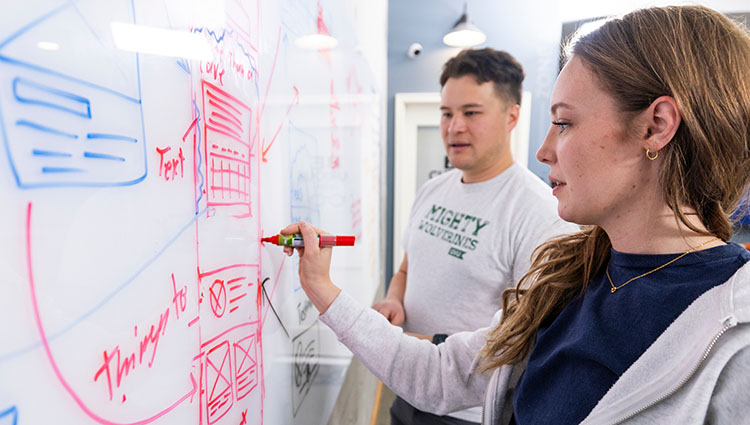Animation & Game Development

The animation and game development program focuses on contemporary, industry-standard,
and technology-oriented processes and procedures. There are two possible tracks within
the degree: 2D animation and 3D animation and games. Both require a portfolio review
to advance to upper-division classes.
View Animation & Game Development Degrees
Digital Audio Production

With a solid foundation in recording, editing, mixing, mastering, and design, digital
audio students will be well-prepared to enter any entry-level position in the audio
industry, including AAA game studios, film studios, recording studios, broadcast facilities,
and many more.
View DAPR Degrees
Digital Cinema Production

Created by filmmakers, this hands-on filmmaking experience integrates theory and
engaged learning by using industry-standard scripting, pre-production, production,
and post-production digital cinema techniques. Dollar for dollar, this is the best
media training in the nation.
View DCP Degrees
Digital Media

Earn an Associate of Applied Science, certificate, or minor in digital media and
use it as the core for a bachelor’s degree in one of our four programs: animation
and game development, digital audio production, digital cinema production, or web
design and development.
View Digital Media Degrees
Web Design & Development

The web design and development program allows students to study app development
for mobile devices, web design, and development for mobile friendly websites, digital
magazine publishing, and user experience design. The degree has two available emphases:
interaction and design and web and app development.
View Web Design & Development Degrees




